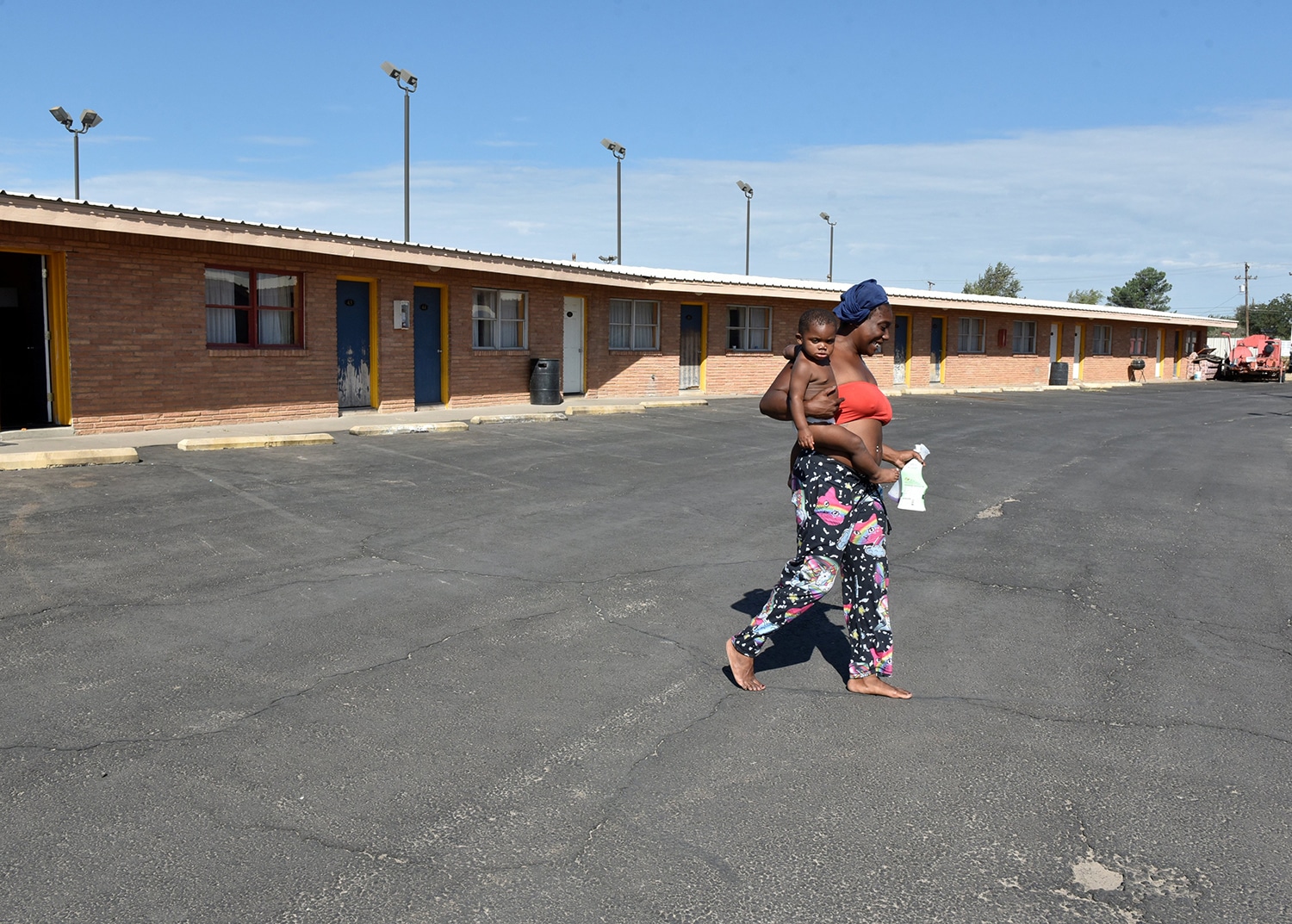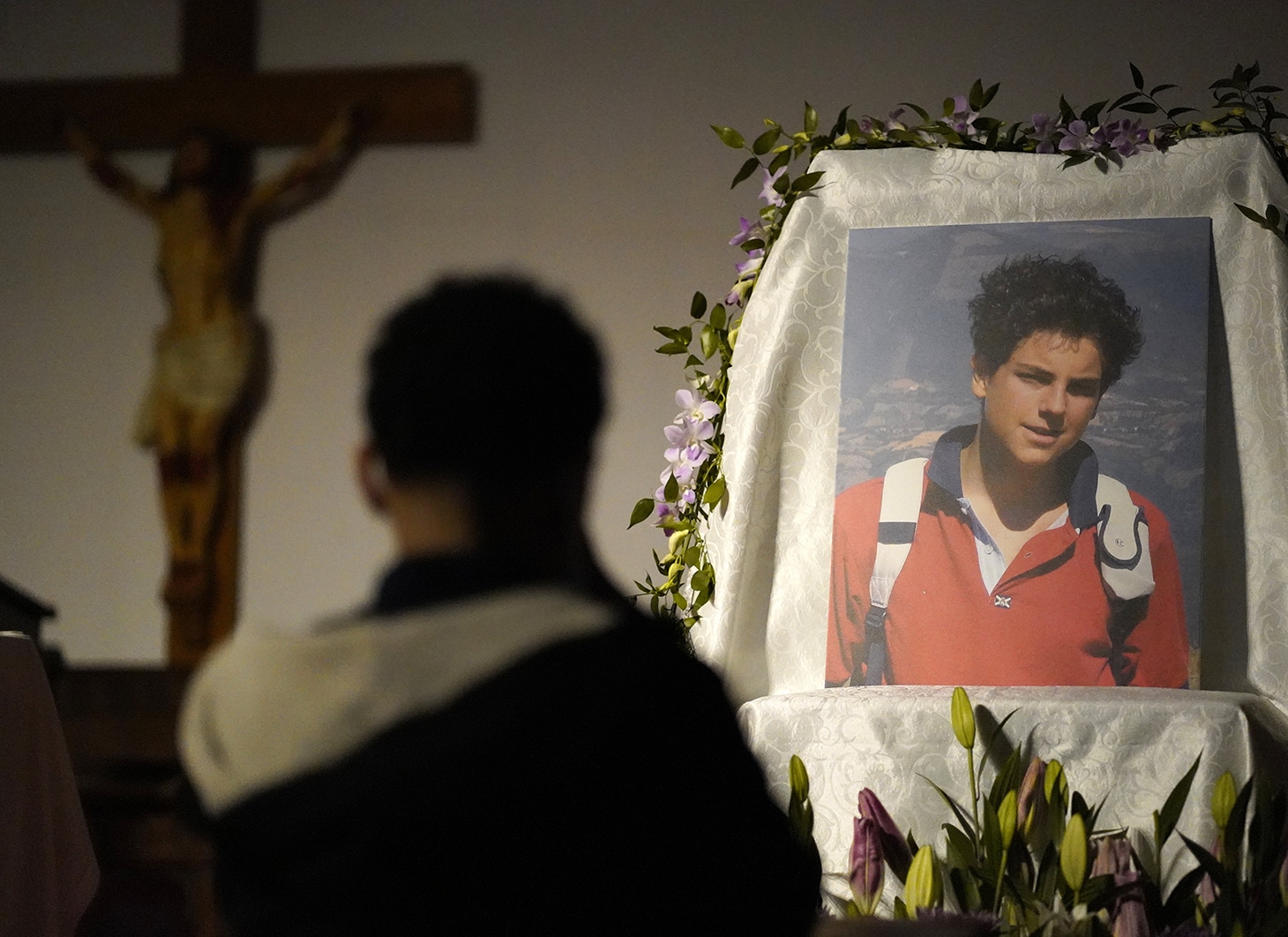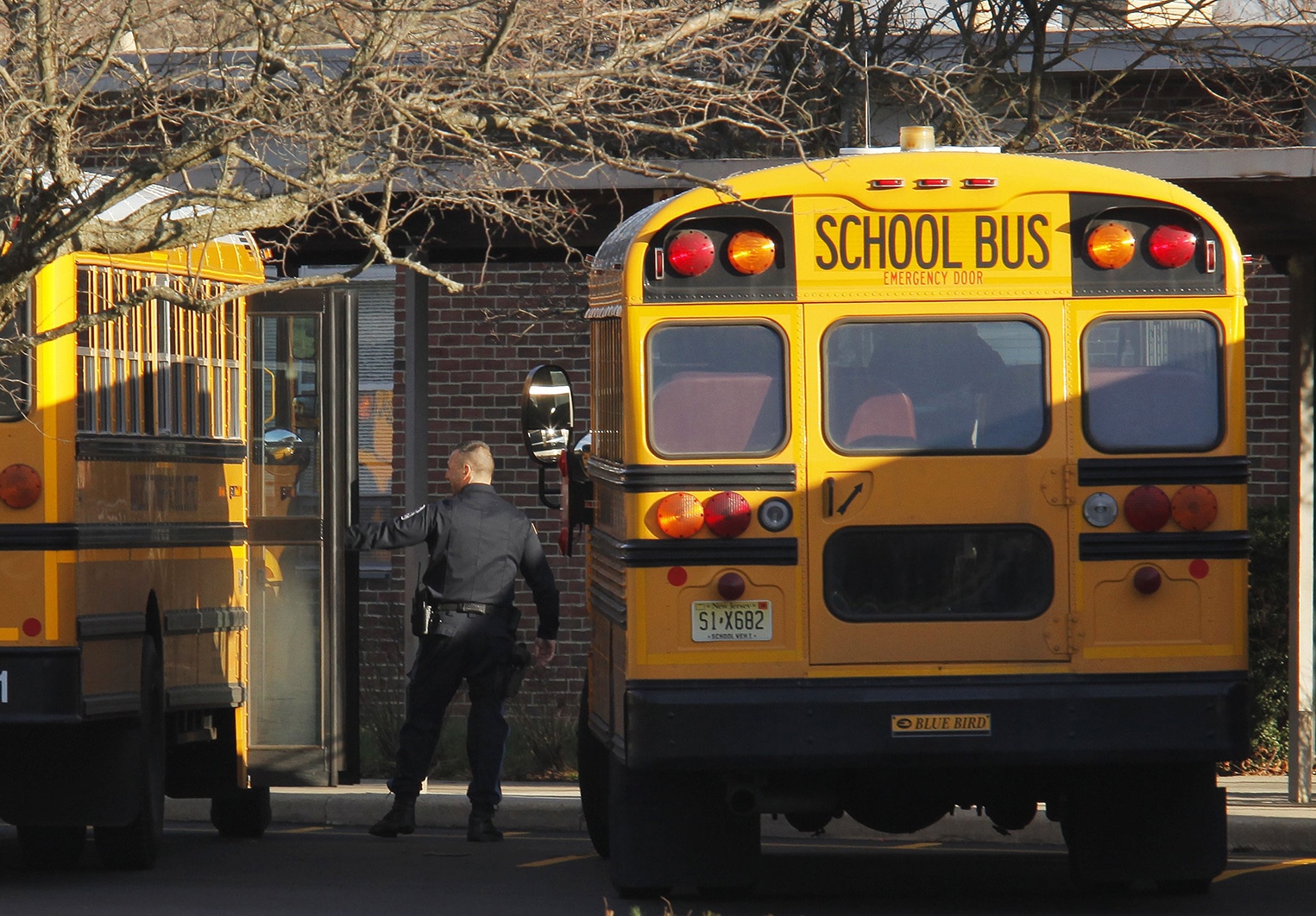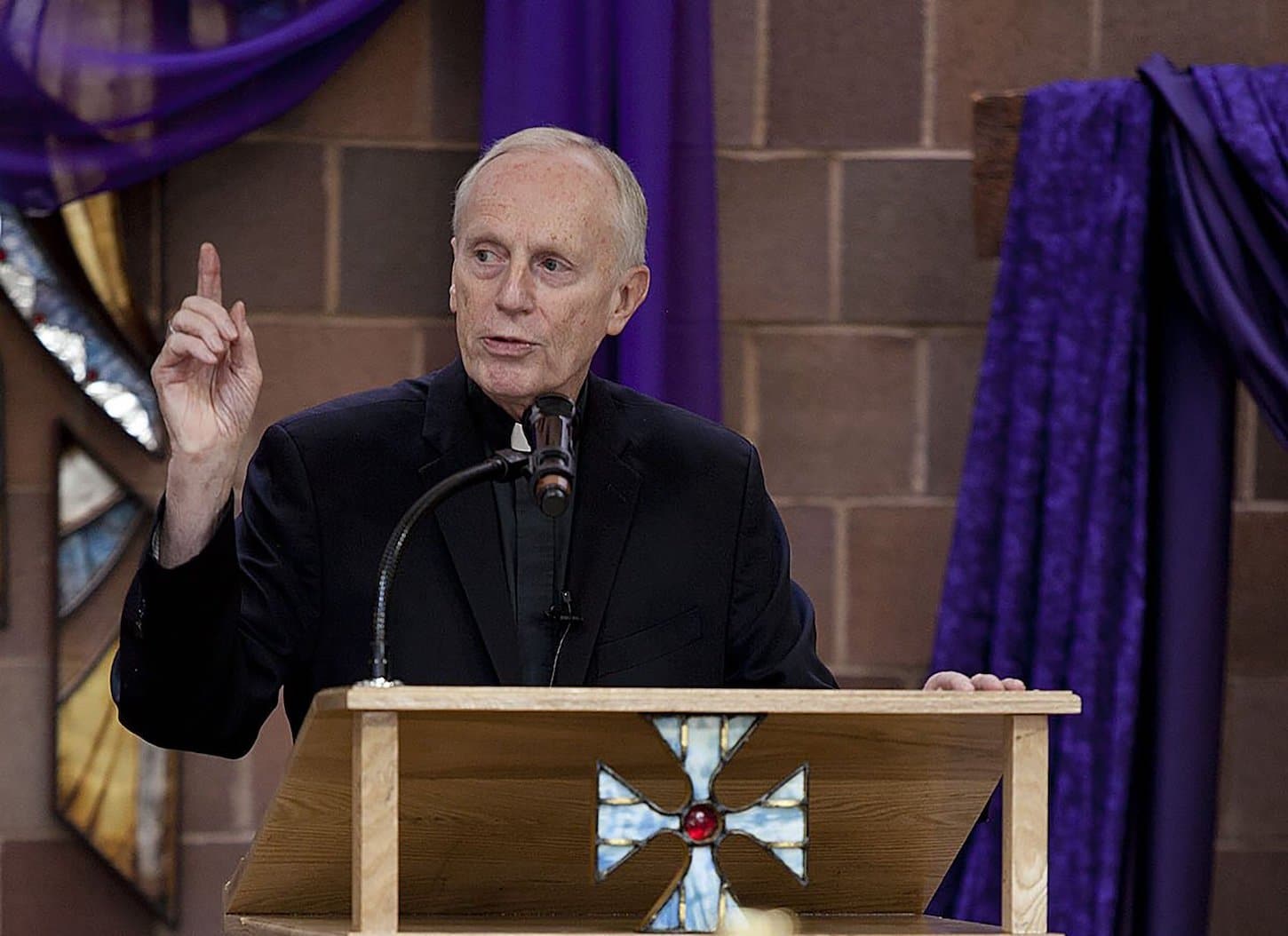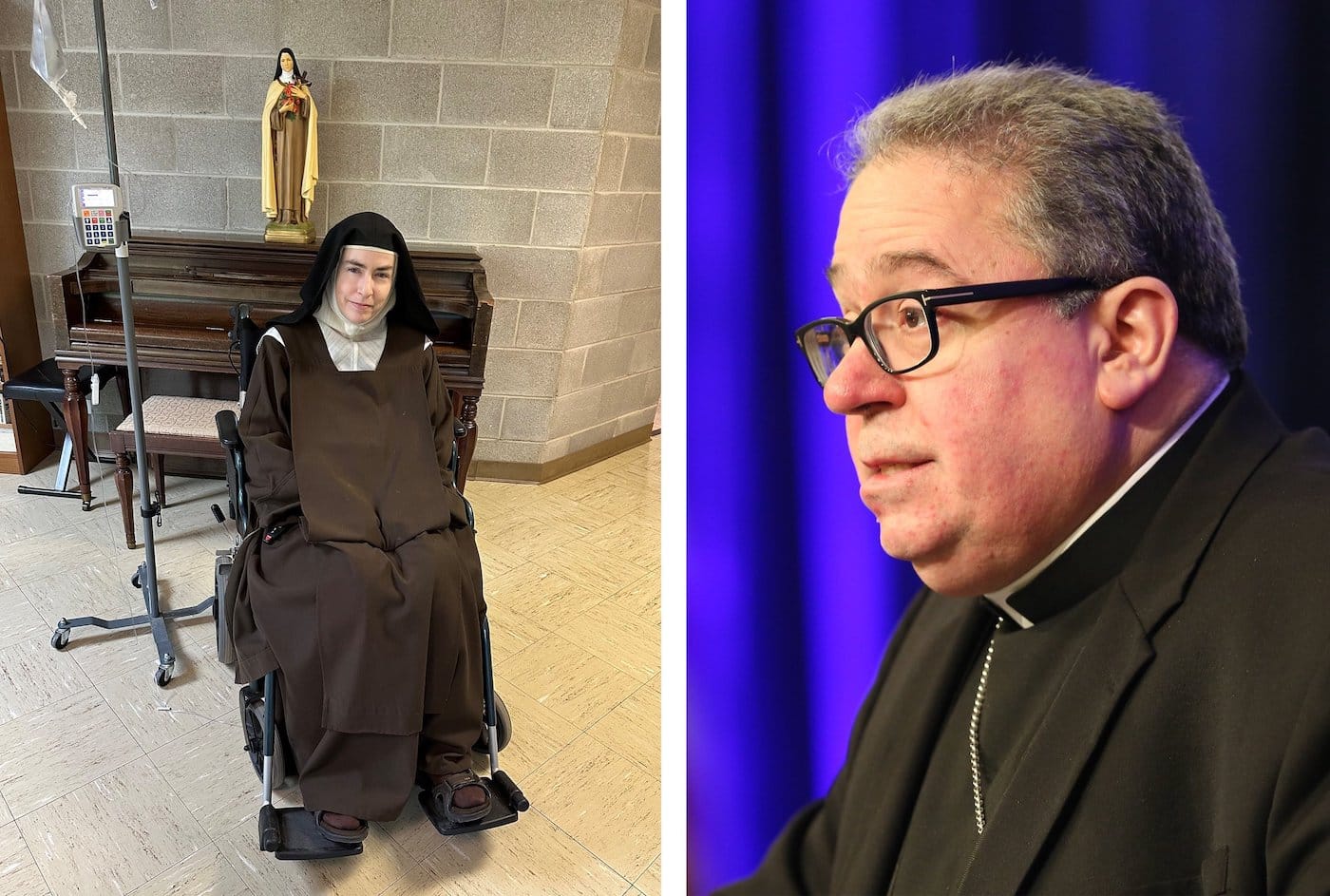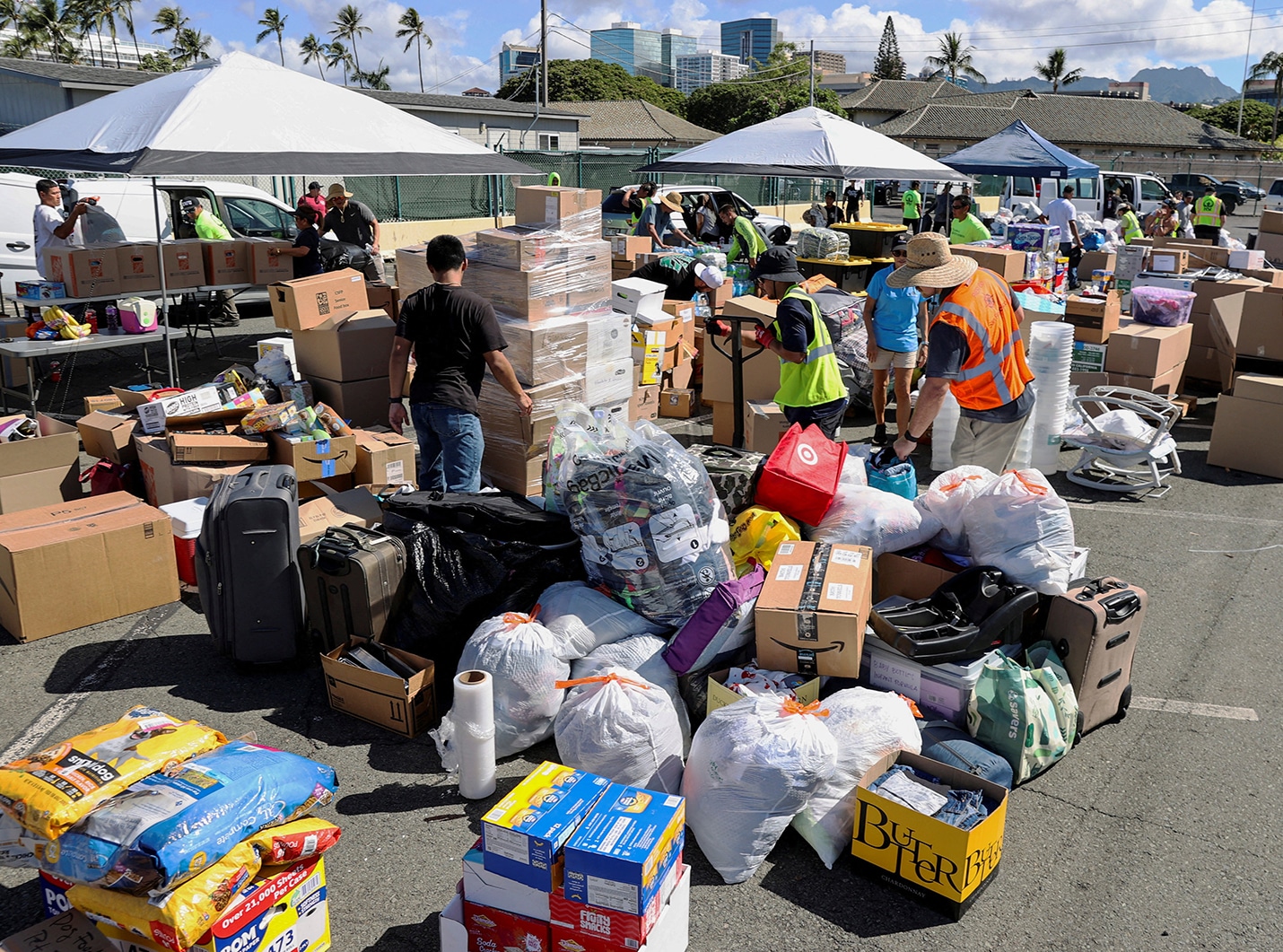(OSV News) — It’s an increasingly familiar sight in many U.S. cities and towns: piles of personal belongings unceremoniously dumped curbside, as another family loses their home.
With coronavirus-era eviction protections expiring across the country and rent payment waivers not far behind, the already-precarious situation of many low-income Americans is about to get worse — particularly in Los Angeles, where housing costs are some of the highest in the nation.
“We’re really dealing with a domino effect of what should have been addressed a few years back — or even more so,” said Michael Donaldson, senior director of the Office of Life, Justice and Peace in the Archdiocese of Los Angeles.
“We’re dealing with families; we’re dealing with children — who need this affordable housing,” Donaldson explained. “They’re working multiple jobs — but housing is so expensive.”
Monthly rent for a small, one-bedroom L.A. apartment can be $2,000-$3,000, said Donaldson, “and that doesn’t work for a family, so you go to two to three bedrooms, you’re dealing with a $4,000, $5,000 payment — just for an apartment.”
Obvious disparity
The U.S. Department of Housing and Urban Development considers $66,750 per year “low income” for a one-person household in LA County. A March 2023 study by financial website Smart Asset — using MIT’s Living Wage Calculator — estimates a childless Los Angeles resident needs $76,710 after-tax income for housing, food, transportation, medical care and more.
The Public Policy Institute of California notes occupations with the highest rates of poverty — cleaning, farming, food prep and personal care — have a median hourly wage of $20.14 statewide, or $41,891 annually.
Median rent in Los Angeles, according to Zillow Rental Manager, is $2,950 per month for all property types, or $35,400 per year.
The disparity is obvious, and the impact profound.
In June 2023, the University of California San Francisco released the largest representative study of U.S. homelessness since the mid-1990s, the California Statewide Study of People Experiencing Homelessness. The report observes, “For most of the participants, the cost of housing had simply become unsustainable … and most believed that either rental subsidies or one-time financial help would have prevented their homelessness.”
A Catholic social issue
Pope Francis commented on worldwide housing issues in his 2015 encyclical, “Laudato Si'”: “Lack of housing is a grave problem in many parts of the world, both in rural areas and in large cities, since state budgets usually cover only a small portion of the demand,” the pontiff said. “Not only the poor, but many other members of society as well, find it difficult to own a home. Having a home has much to do with a sense of personal dignity and the growth of families.”
“I think people want to put this stigma on those who end up unhoused,” Donaldson said. But, he stressed, “These are members of our society. When we look at our Catholic social teaching, we have to go back to the foundations and roots of who we are — we’re all made in the image and likeness of God. There should be some form of solidarity and common good as we look for what we need to do within our community.”
In the Archdiocese of Los Angeles, that solidarity has been expressed through organizational networking with both community organizers and organizations. “The archdiocese knows that it takes the whole community to make a difference,” Donaldson said. “We know that creating networks is going to be one of the measures to help individuals who will end up facing eviction.”
Within that network is LA Voice, a multifaith social services organization based throughout LA County, spanning five county supervisorial districts, 28 cities and 65 congregations.
“It’s all these things colliding together — general economic instability for working families and the ending of the pandemic protections,” said the Rev. Zach Hoover, LA Voice’s executive director and an ordained minister in the American Baptist Church. “Even in the city of LA — where you have some of the best protections in the state — you’re seeing folks who are going to be at risk of eviction, because there’s no way they can come up with $6,000 on their own even if they’re able to pay their month-to-month right now.”
Eviction moratorium ends
In March 2020, Congress passed the CARES Act, which included a moratorium on eviction filings for tenants in certain rental properties with federal assistance or federally related financing. These renters represent 28% of the nation’s approximately 43 million renters.
But as the Congressional Research Service noted in an April 2020 “Insight” paper, “whether an eviction wave will come at the end of the moratorium is unclear. Landlord eviction decisions will likely be affected by local rental market conditions at the time, including the extent to which other renters have experienced financial hardship during the pandemic and whether landlords can successfully negotiate repayment plans with tenants.”
For Hoover and his colleagues, that surge of evictions is now.
“There’s a whole wave of evictions that’s anticipated,” he told OSV News, echoing the CRS paper. “I spoke with a woman yesterday who has three children. She’s not currently being evicted; however, she’s renting a bedroom from an elderly couple who can barely pay their rent. And the elderly couple is sleeping on the couch, the mother and her three children are sleeping in one bedroom, and they’re all sharing one bathroom,” Hoover explained. “And it’s costing her $900 a month. She works as a house cleaner.”
The response? A critical affordable housing strategy
The strategy of LA Voice and other affordable housing advocates involves what Hoover calls “the three Ps”: Production of new housing; preservation of affordable housing; and protection from eviction.
The National Low Income Housing Commission reports that “no state has an adequate supply of affordable rental housing for the lowest income renters.” In the Los Angeles-Long Beach-Anaheim area, there are 20 affordable and available rental units per 100 extremely low income households, a housing deficit of -392,156 units.
“If you don’t build affordable housing near people’s jobs — housing that they can afford with the jobs that they’re doing — what the system is basically saying is, we actually don’t care if they can live close by,” declared Hoover. “Some elected officials — unfortunately not enough of them — are definitely connecting the dots between eviction, rising rents, pressures on families, and homelessness.”
Among those politicians, Hoover said, is state Sen. María Elena Durazo, a Democrat who represents California’s District 26.
“We are experiencing a homelessness crisis in California,” Durazo told OSV News in an e-mail. “We’ve had a 10% rise of people becoming homeless between 2022 and 2023, and 31% since 2010. In addition, COVID-era tenant protections have just ended and thousands of eviction notices were filed by landlords in my district,” she added. “We urge people in the L.A. area to seek help through services available by the city and tenants’ rights organizations before packing up and leaving their homes. My Senate Bill 567, a Homelessness Prevention Bill, will close loopholes that allow illegal evictions, and provides a mechanism for enforcement.”
Parishes, ministries reach out to homeless
Durazo’s district includes the Boyle Heights neighborhood where Jesuit Father Brendan Busse pastors Dolores Mission, a parish which — since 1925 — has served the poor and immigrant community of “the Flats” east of downtown Los Angeles.
“I think the evictions crisis has really been the crisis of people right on the edge of becoming homeless for a long time,” said Father Busse. “And if income and wage gaps aren’t addressed, then you have this constant population that’s been living right on the edge, and it doesn’t take much to make them homeless — especially when eviction protections are being removed.”
Eviction protections ended Aug. 1 in Los Angeles. The day before, Los Angeles Mayor Karen Bass advised citizens, “Our message today to Angelenos is clear: Do not self-evict. If you receive a notice, file a response — and most importantly, reach out to the city for support.”
“There’s a gap between public housing, or subsidized housing, and affordable housing,” Father Busse noted, adding it’s ever-increasing for his flock. “A lot of the conversation is about creating more affordable housing. But if we’re honest, what people mean by affordable isn’t always the same. So if you’re calculating ‘affordable’ by mean income in Los Angeles,” he explained, “that’s not going to get anywhere close to the deeply low income folks who live in a parish like Dolores Mission.”
Such profound poverty creates a ceaseless procession of difficult choices.
“Do I get milk, or do I get eggs?” said Father Busse. “Do I get any of this? I know I’ve got a medical bill coming up.”
While there are no easy answers, Father Busse’s intense experience with the poor makes him certain of a few things.
“It’s not just a social problem; it’s not just a political problem — it’s really a spiritual challenge to open ourselves up to the needs of our sisters and brothers,” urged Father Busse. “And more and more, it’s obvious that they are our sisters and brothers — it’s not someone suffering on a distant shore; it’s clearly right in our own cities.”

